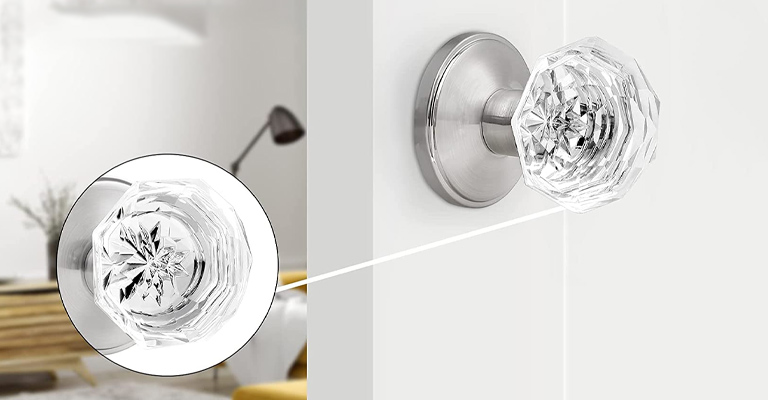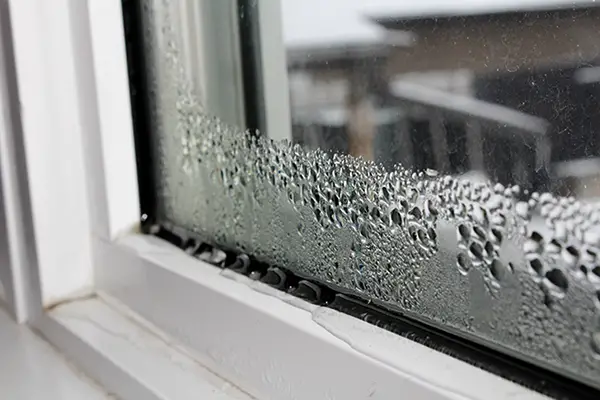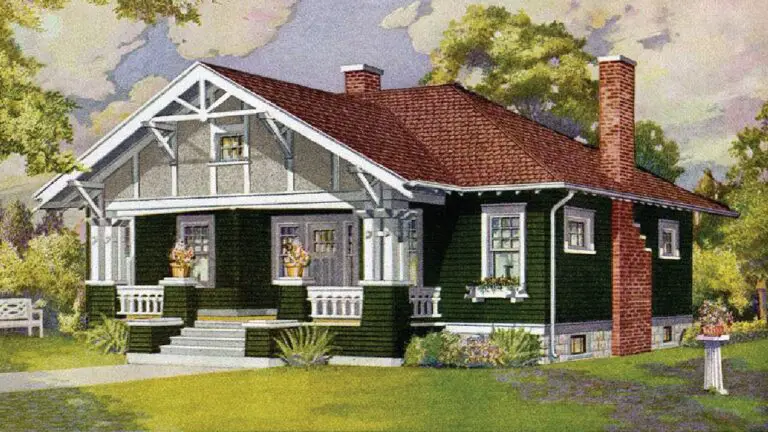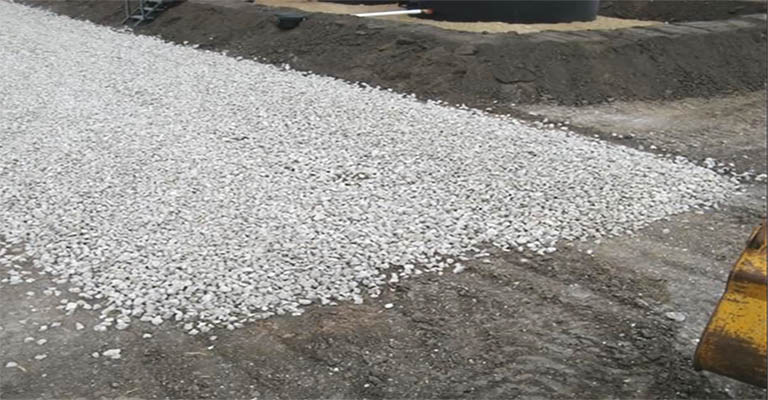Alternative Bed: Discover Comfort Beyond Traditional Mattresses
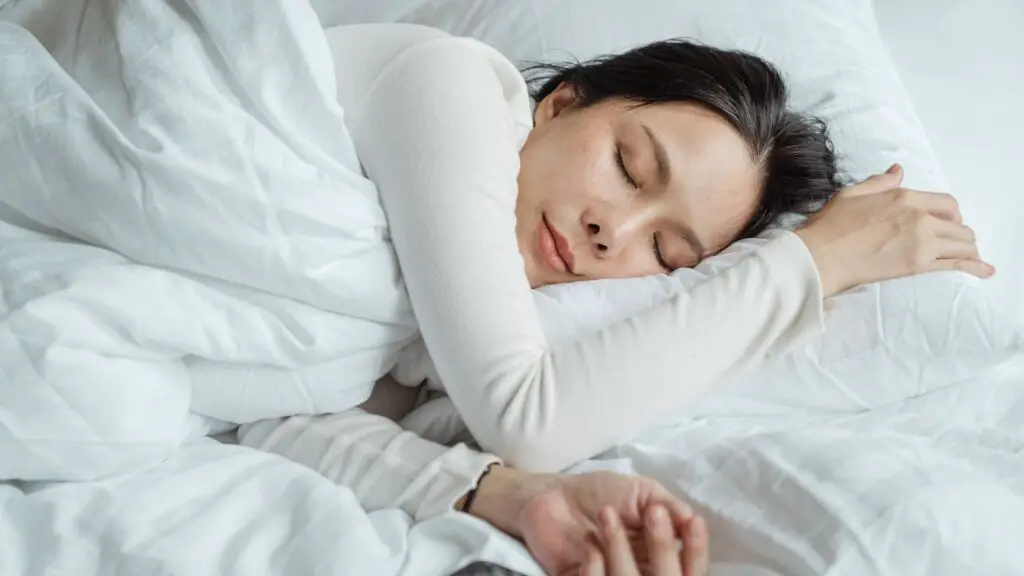
In the ever-evolving world of interior design and home comfort, a growing number of consumers are turning away from the conventional mattress. The quest for the perfect night’s sleep has led to the exploration of “alternative beds.”
From health benefits to unique aesthetic appeals, let’s dive into the world of alternative sleeping solutions and understand why they’re gaining popularity.
Why Consider an Alternative Bed?
For some, the traditional mattress doesn’t provide the comfort or support they need. Others might be looking for space-saving solutions, while a few are driven by a desire to incorporate sustainable or innovative materials into their homes. Alternative beds cater to a wide variety of needs and preferences, often presenting a solution where traditional beds fall short.
Popular Types of Alternative Beds
Futons
Originating from Japan, futons are versatile, space-saving pieces of furniture. They can function both as a sofa and a bed, making them particularly popular in smaller living spaces. Traditional futons are made from natural materials, which can be beneficial for those seeking organic sleeping solutions.
Hammocks
No longer just for outdoor relaxation, many are finding solace in sleeping in hammocks indoors. They promote even weight distribution and can be particularly helpful for those with back issues. Plus, there’s an undeniable charm in drifting off to sleep while gently swaying.
Waterbeds
These surged in popularity in the ’70s and ’80s and are now making a comeback. Waterbeds conform to the body’s shape, distributing weight evenly and reducing pressure points. Newer models have addressed many of the original issues, such as motion transfer and leakage.
Air Beds
Not to be confused with inflatable camping mattresses, modern air beds offer adjustable firmness levels. This allows users to customize their sleeping experience night after night.
Adjustable Beds
These beds can be raised or lowered at both the head and foot, offering relief to those with medical conditions or simply providing luxury comfort. Modern designs are sleek, stylish, and a far cry from the clinical appearance of yesteryears.
Loft Beds
Ideal for studio apartments or children’s rooms, loft beds free up ground space by elevating the sleeping area. This opens up room for desks, couches, or storage beneath.
Benefits of Alternative Beds
Health and Comfort
Many alternative bed options offer unique support and comfort features. For example, waterbeds can alleviate joint pain, while hammocks can enhance spinal alignment.
Space Efficiency
Especially in urban environments where space is a premium, versatile options like futons or loft beds are invaluable.
Aesthetics
These beds can be a conversation starter. Whether it’s the exotic allure of an indoor hammock or the sleek modernism of an adjustable bed, these options can elevate bedroom design.
Sustainability
Many alternative beds, like the traditional futon, are made from organic, biodegradable materials, aligning with eco-friendly lifestyles.
Considerations Before Making a Switch
As with all things, it’s essential to do your research. Not all alternative beds will be suited to everyone. It’s crucial to consider factors such as:
Durability
How long will the bed last? What kind of maintenance does it require?
Price
Some alternative beds can be more expensive than traditional ones. Weigh the benefits against your budget.
Space
Ensure the bed fits comfortably in your space without making the room feel cramped or cluttered.
Factors Driving the Popularity of Alternative Beds
While we’ve touched on some reasons people are gravitating towards alternative sleeping solutions, it’s essential to recognize the broader cultural and societal shifts at play.
Urbanization
As more people move into cities, space becomes a luxury. Compact living solutions, including space-saving beds, are a natural response to this trend.
Holistic Health
The growing emphasis on holistic health and well-being means people are exploring every aspect of their lives, including sleep. Alternative beds, which often offer unique health benefits, align with this movement.
Globalization
Exposure to different cultures has broadened the horizon of design and functionality. Beds like futons and hammocks, which have cultural roots outside of the western world, have become more mainstream.
Technological Advancements
The integration of technology into home furnishings has allowed beds like air mattresses and adjustable beds to provide customizable comfort like never before.
How to Choose the Right Alternative Bed
If you’re considering making the leap from a traditional mattress to an alternative bed, here are a few steps to guide your decision:
Identify Your Needs
Is it back support, space-saving, or perhaps a desire for a more eco-friendly option? Understanding your primary motivation will narrow down your choices.
Test Before You Invest
Spend some time on the bed you’re considering. Lie down on a waterbed, sway in a hammock, or adjust an air bed to your liking. This hands-on experience is invaluable.
Read Reviews
Online reviews provide real-world insights into durability, comfort, and other factors. However, ensure they are genuine reviews and not paid endorsements.
Warranty & Return Policy
Given that this might be a new experience for you, it’s wise to understand the warranty and return policies in case the bed doesn’t meet your expectations.
Future of Sleeping Solutions
The evolution of beds is continuous. As technology and design continue to merge, we can expect even more innovative solutions in the future. Perhaps we’ll see beds that integrate with smart homes, providing temperature control, mood lighting, or even health monitoring. Only time will tell, but the trajectory is clear: the future of sleep is diverse, customizable, and exciting.
Final Thoughts
The surge of bed alternatives challenges the dominance of the traditional bed. Whether you’re considering the convenience of sofa beds, the versatility of a trundle bed, or the space-saving features of murphy beds, the options are vast and cater to every need. Loft beds and bunk beds offer elevated sleeping space, ideal for maximizing room usage, while air mattresses and sleeping bags provide portable comfort. For those with limited room, the wall bed and hammock bed are revolutionary, turning any guest room into a multifunctional space. As for the culturally rich futon mat and the adventurous hanging bed, they present unique experiences that blend culture with comfort. And, for those camping trips or impromptu travels, don’t forget the practicality of a bed roll. No matter your lifestyle or preference, there’s a bed alternative waiting to redefine your sleeping experience.
The rise of bed alternatives is not merely a passing trend but a testament to the evolving needs and tastes of modern homeowners. Bunk beds are no longer just for children; they’ve been reinvented for adults craving efficient sleeping spaces. Similarly, the humble sofa bed has evolved from a mere makeshift solution to a stylish and comfortable option for many homes. Whether it’s the classic appeal of a murphy bed, the grounded experience of sleeping on a futon mat, or the sheer joy of drifting off in a hammock bed, these alternatives are reshaping how we perceive our own bed. In an age where customization is key, finding the perfect blend of comfort, aesthetics, and functionality in our sleeping quarters has never been more exciting.


